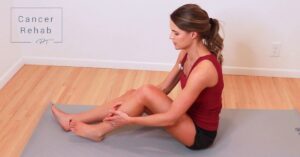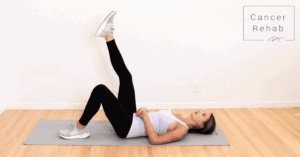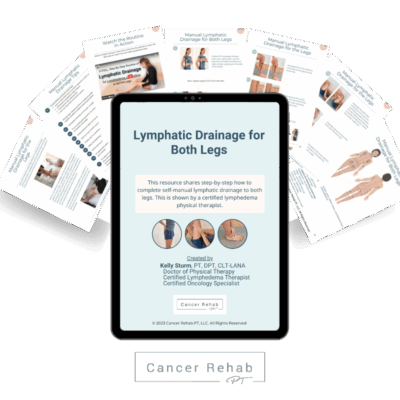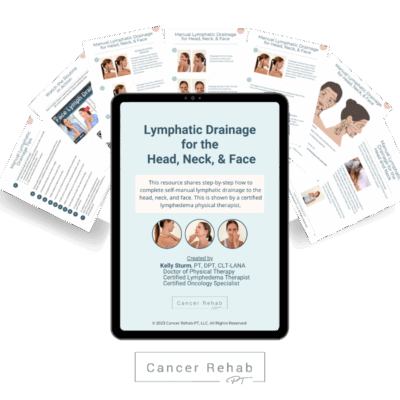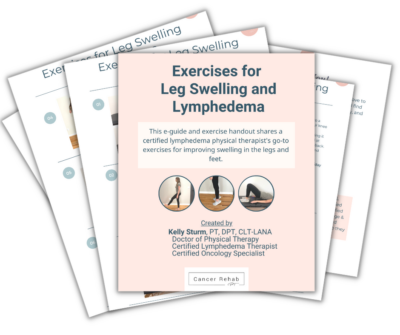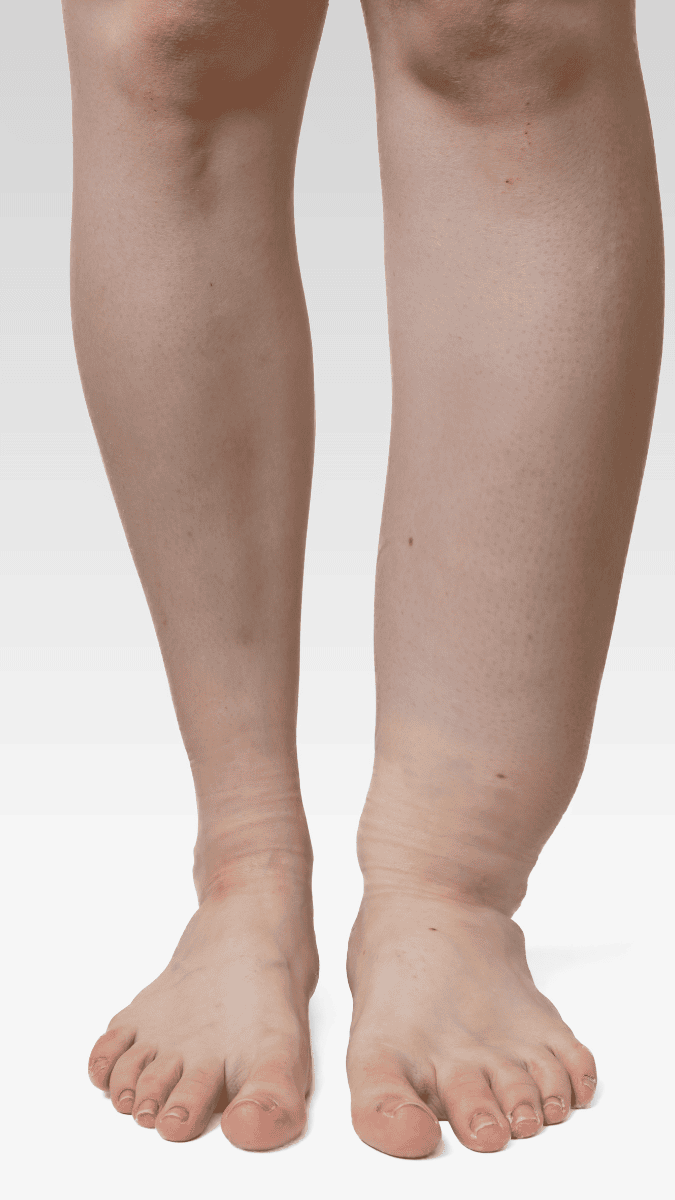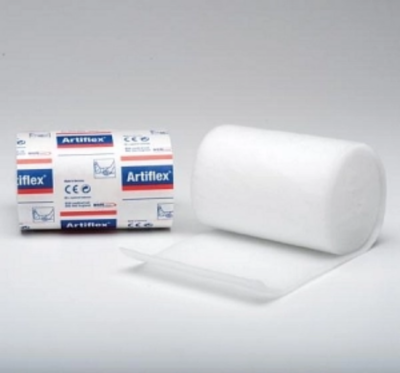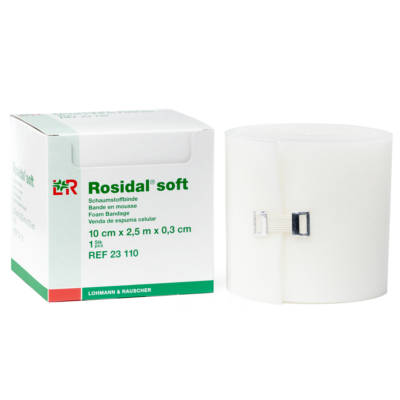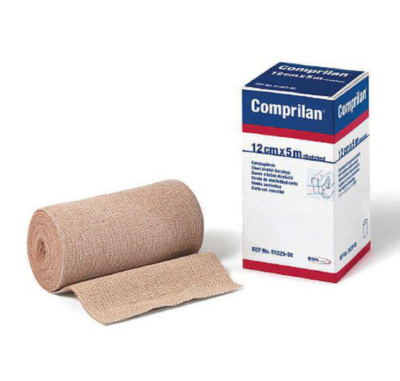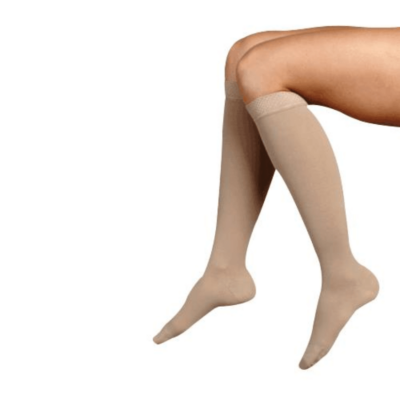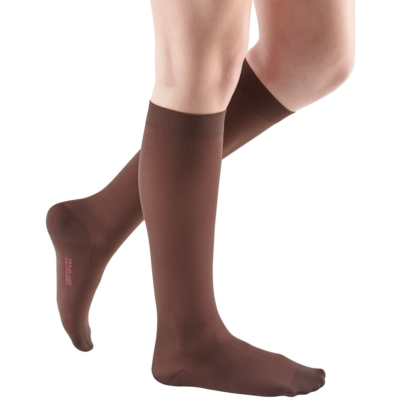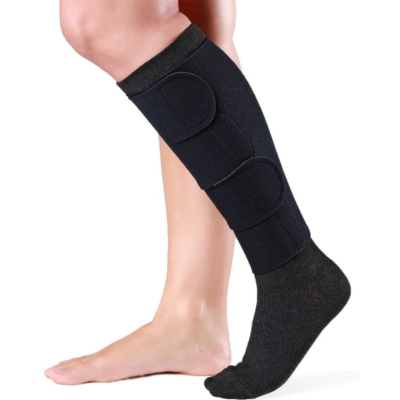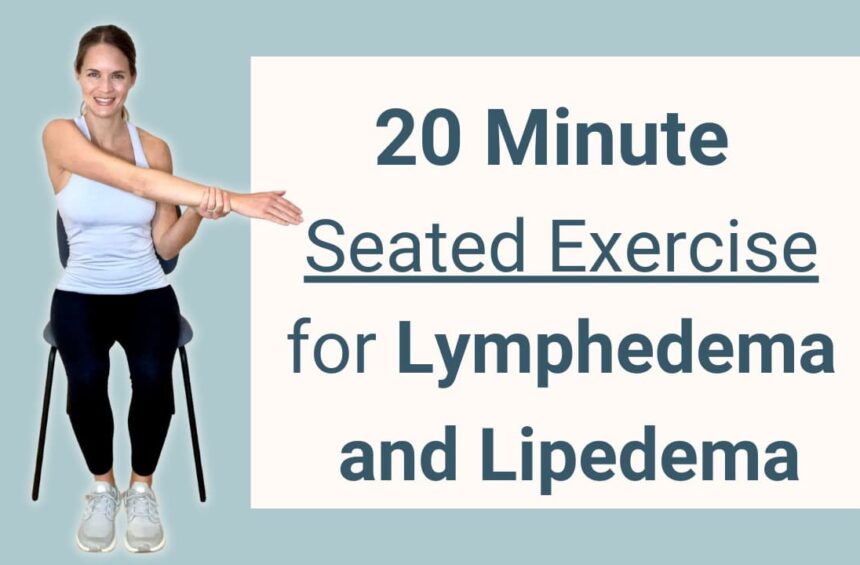There is no known cure for lymphedema, yet it affects millions of individuals in the United States and worldwide each year. In this post, you will learn seven treatment options and ways to reduce swelling and lymphedema in the legs from a certified lymphedema physical therapist.
Lymphedema is a chronic medical condition that is treatable but with no known cure available. Lymphedema occurs when there is a backup of lymphatic fluid, causing swelling in this body region. Two types of lymphedema exist: primary and secondary.
Primary lymphedema is typically genetic, and individuals are born with the condition, or it can develop as a child or young adult. Secondary lymphedema is caused by trauma, surgery, or an injury to the lymphatic system. Most commonly due to cancer treatments that remove or damage lymph nodes.
Lymphedema needs to be well-managed, or it can progress and worsen, which increases the risk for infection, pain, and the ability to move around. How do you manage lymphedema and swelling? The standard care for lymphedema is called complete decongestive therapy (CDT). Along with CDT, there are other tools and ways that an individual can reduce and manage swelling. So let’s talk about them!
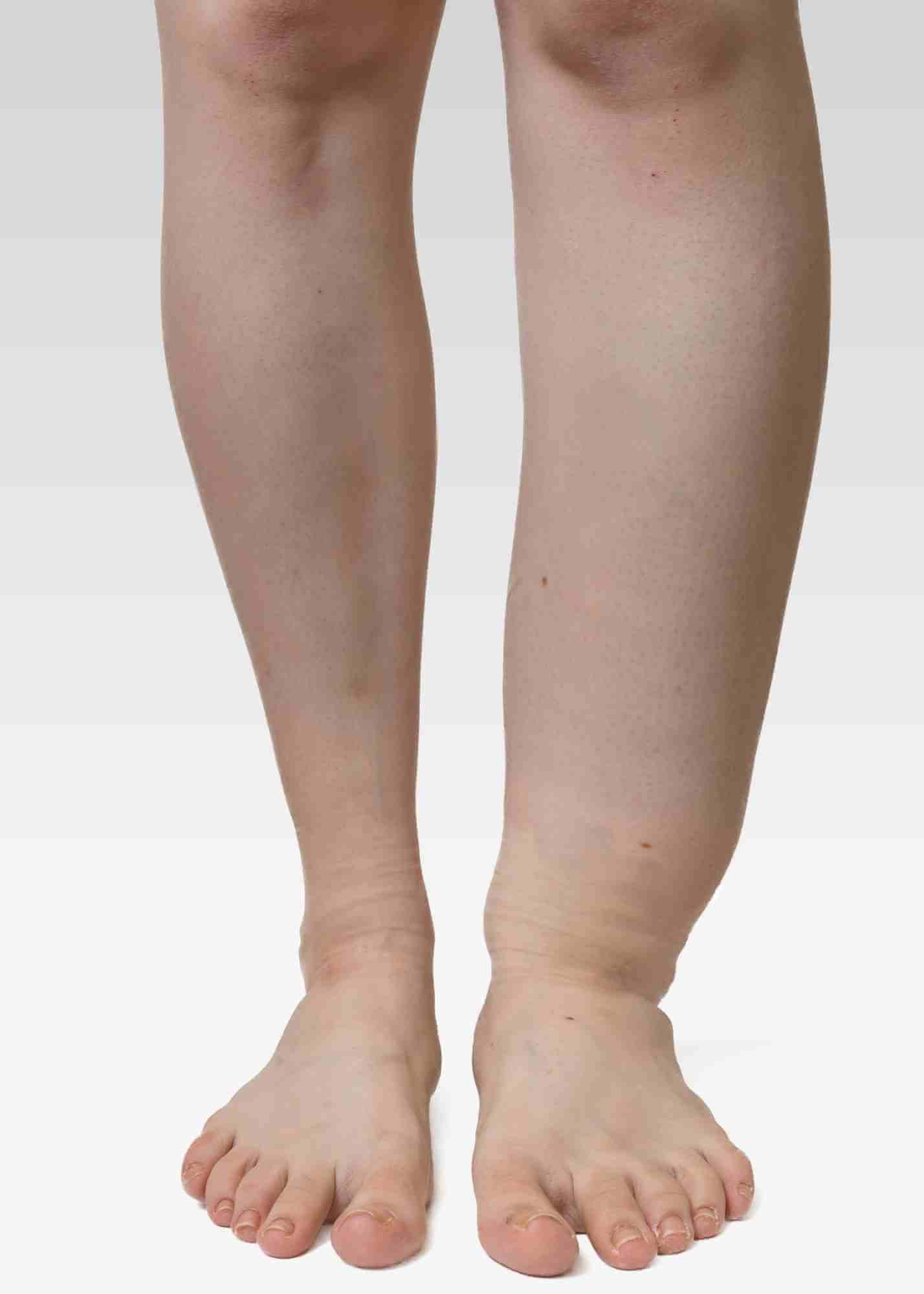
Disclosure: Links included in this blog may be affiliate links. If you purchase a product or service with the links that I provide I may receive a small commission. There is no additional charge to you. Thank you for your support!
In the sections below, I’m going to share seven was to treat leg lymphedema. You can find more comprehensive and detailed techniques, tools, and exercises in my Lower Body Lymphedema Program.
Elevation for Swelling
A simple way to reduce swelling is with elevation. Gravity is not leg swelling’s best friend. Your lymphatic vessels and veins have to pump up against gravity during the day, which can be challenging. Elevating the legs above your heart for 30 minutes can help the fluid move out of the legs. If someone has moderate or severe swelling or lymphedema, this may not be effective alone. Elevation works best for those who get mild swelling. For more significant swelling, the following few treatment options are most important.
Compression for Lymphedema
Compression is one of the most influential and essential ways to manage leg lymphedema. Compression stockings, or compression garments, are specially made to support the lymphatic system and help avoid fluid from filling in the legs. Before someone with lymphedema gets into compression stockings, it’s the gold-standard treatment to go through 2-5 weeks of compression bandaging with a certified lymphedema therapist. The bandages are called short-stretch bandages, and they are used with various types of cotton paddings and foam paddings to shrink the volume and size of the leg. They look similar to an ACE bandage, but they are different. You can find these special bandages here.
Once your leg is as small as we can get it, then we transition you into a compression stocking or garment. There are various kinds of garments.
Circular knit garments are elastic and usually come ready-to-wear in sizing. A standard medical-grade level is 20-30mmHg but does come in various compression levels. These work well for someone who has mild swelling. Some of my favorite brands and styles include the following:
Flat knit garments are considered inelastic and usually custom-made, but a couple of options come pre-sized, like the Solaris ExoStrong. These garments are best for those with moderate to severe lymphedema because they will do a better job at stopping swelling from occurring. They are a thicker fabric and can be more challenging to get on, but there are tools to use to make it easier than learning more about in this video. To be custom-fitted for a flat knit stocking, one must work with a fitter locally to learn more about options like this brand.
If someone has difficulty with compression stockings, then a velcro wrap like this favorite of mine may be another great option to help with compression and management of lymphedema.
Lymphatic Drainage for Lymphedema
Lymphatic drainage, or lymphatic drainage massage, is a gentle technique used to help stimulate and guide the lymphatic fluid through the lymphatic vessels and out of the congested area. It is done in a specific sequence and direction, using a whole hand with light pressure. It’s something someone can do at home if cleared by their doctor. To learn the correct sequence and technique for lymphatic drainage massage, you can follow along with one of the following videos:
Exercise for Lymphedema
Exercise and movement are crucial for lymphedema management. The muscles act as a pump to the lymphatic system and the veins. By contracting and stretching your muscles, you can stimulate the systems to get the fluid moving. If someone has to sit or lay down for a lot of the day, some of the best exercises are the following:
Ankle Pumps – bending and flexing your ankles up and down 10-20 times
Knee Bends – when sitting, straightening and bending your knees back and forth 10-20 times
Marching – either sitting or standing, march your legs up high, alternating 10-20 times
Learn other leg lymphedema exercises in this video:
Disclosure: Links included in this description may be affiliate links. If you purchase a product or service with the links that I provide I may receive a small commission. There is no additional charge to you. Thank you for your support!
If someone is more active and looking for more exercise options, then some popular ways to stimulate the lymphatic system are with swimming because the water provides a natural compression to the body, as a compression stocking does. Rebounding using a mini trampoline like this is another excellent way to stimulate the lymphatic system. I have created other videos and exercise routines for these and home workouts that you can follow and search through in this playlist.
Skin Care
Lymphedema can place someone at a higher risk of getting a skin infection. The extra fluid in the tissue makes it easier for bacteria to grow. Swelling in an area for many months or years can also cause the skin to break down, and someone can get wounds, which also increases the risk of getting an infection.
Keeping your skin and nails healthy, clean, and protected is essential. Make sure to keep the skin hydrated with moisturizer to combat any dryness and skin breakdown. Always use sunscreen to avoid sunburns and insect repellant to minimize bug bites. Wearing protective gloves while gardening or using tools can help prevent cuts or scratches, but if they occur, make sure to clean well and apply an antibiotic cream. Are you looking for more skincare tips?
Deep Breathing for Lymphatic Drainage
Deep breathing or belly breathing helps stimulate the lymphatic system and increases lymphatic fluid in the body. There are a lot of lymph nodes in the abdomen, and by doing deep breathing, you can stimulate these lymph nodes with gentle pressure.
Try placing your hand on your abdomen, putting light pressure inwards. Holding this pressure, take a breath, feel your breathing into your hand, but keep resistance in this area. Then slowly exhale your breath, continuing to place pressure into your abdomen. You can repeat this 3 to 5 times.
If you need a visual of this, then watch this video.
Weight Management for Lymphedema
There is a correlation between body mass index (BMI) and lymphedema. Studies explain that those with a BMI of greater than 30 are at a higher risk of developing secondary lymphedema if they have surgery that removes lymph nodes. Obesity-induced lymphedema may also develop once an individual’s BMI exceeds 50. The danger is that the lymphedema may continue even if the weight is reduced, as it likely did permanent damage.
It’s thought that too much fatty tissue can block lymphatic pathways but also put pressure on lymphatic vessels and damage them, causing the backup in swelling. Likewise, if someone has lymphedema and has a higher BMI, losing weight is likely to help reduce the volume of swelling and improve severity levels. Even someone losing 5 to 10 lbs makes a significant difference in the volume or severity of lymphedema and swelling. So focusing on healthy eating and exercise can be incredibly beneficial.
Looking for more information on some of these ways to reduce leg lymphedema or swelling?
Then watch this video:
BONUS!
If you’re looking for a guide with more ways to manage lymphedema, click here to obtain the free printable Lymphedema Self-Care E-Guide, including self-management tools and tracking sheets to help you design your personalized care plan.

